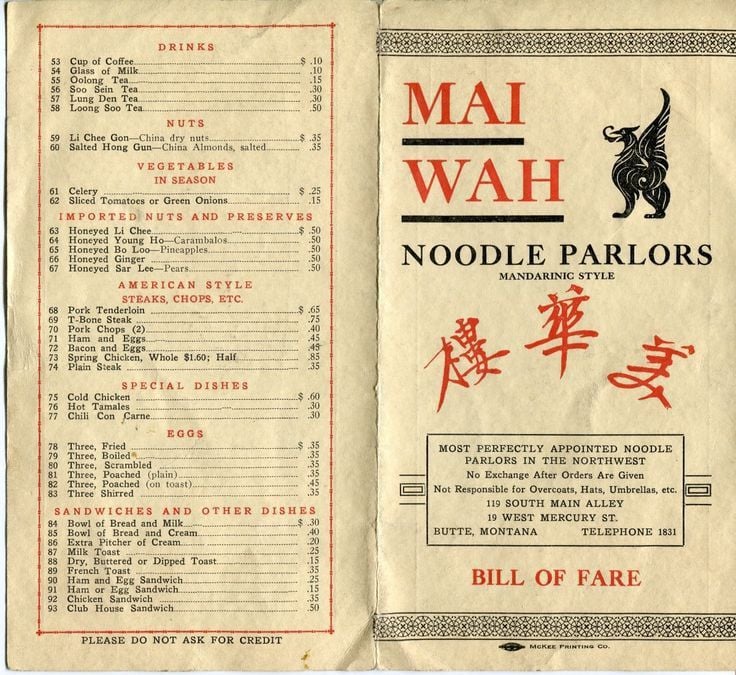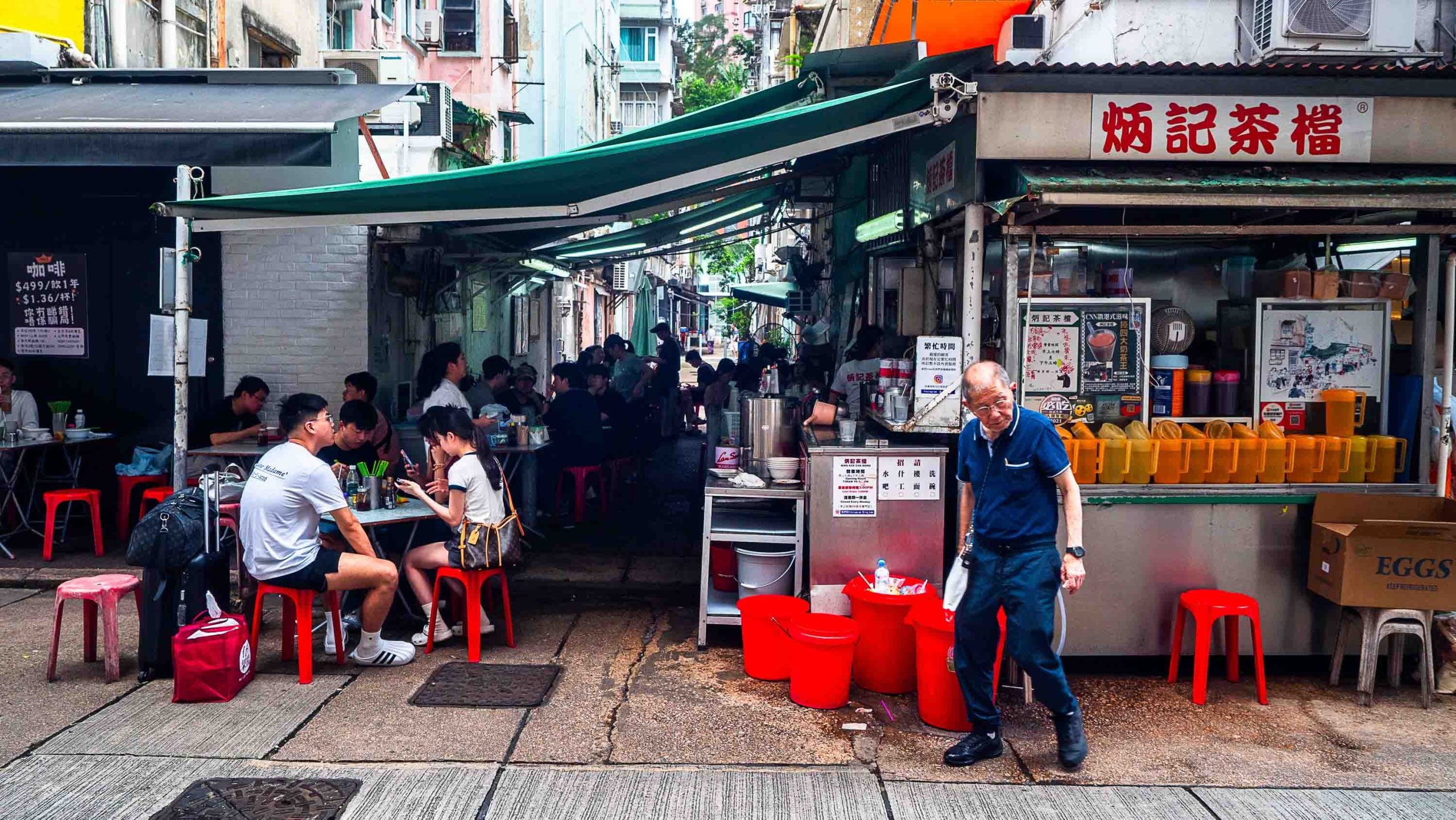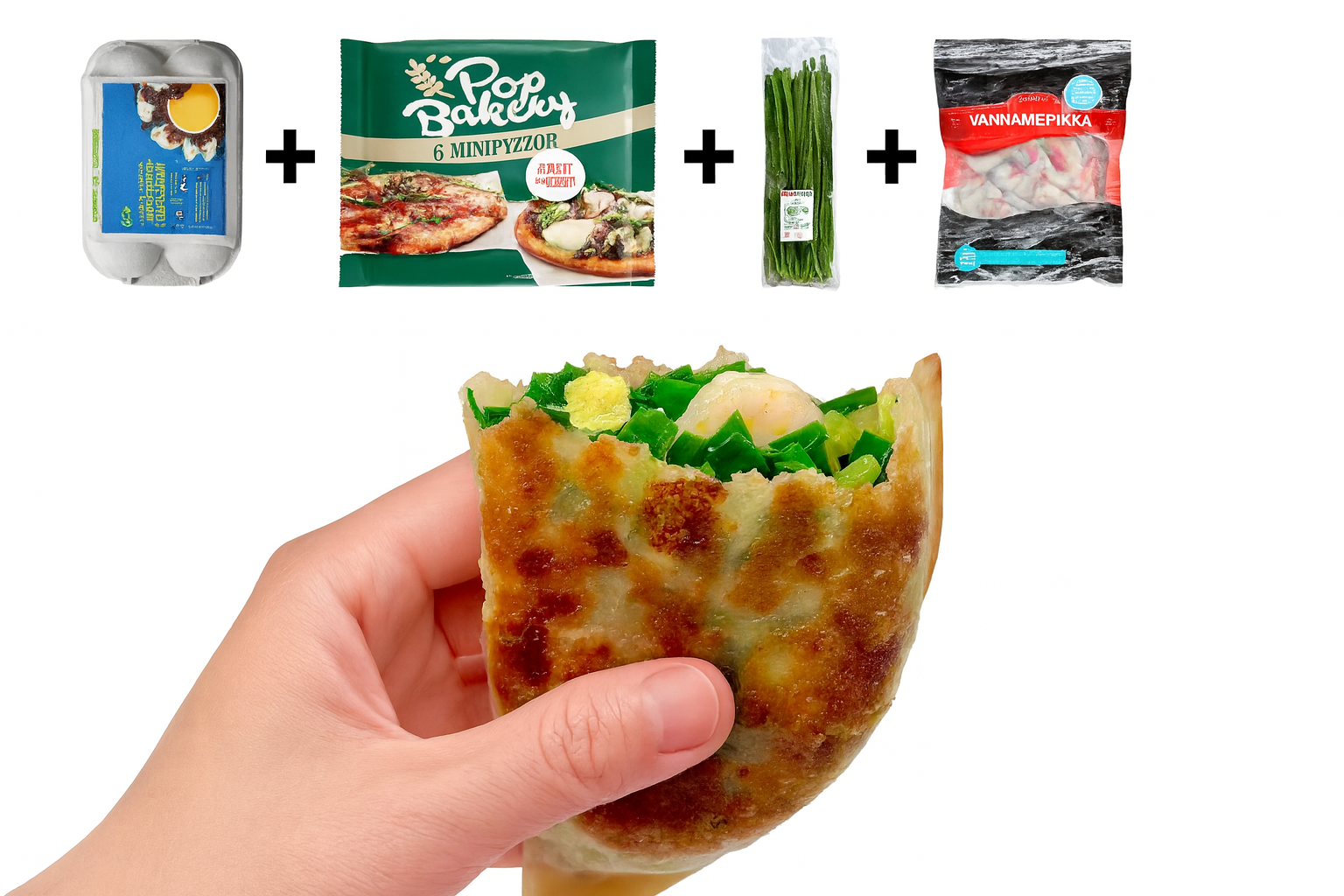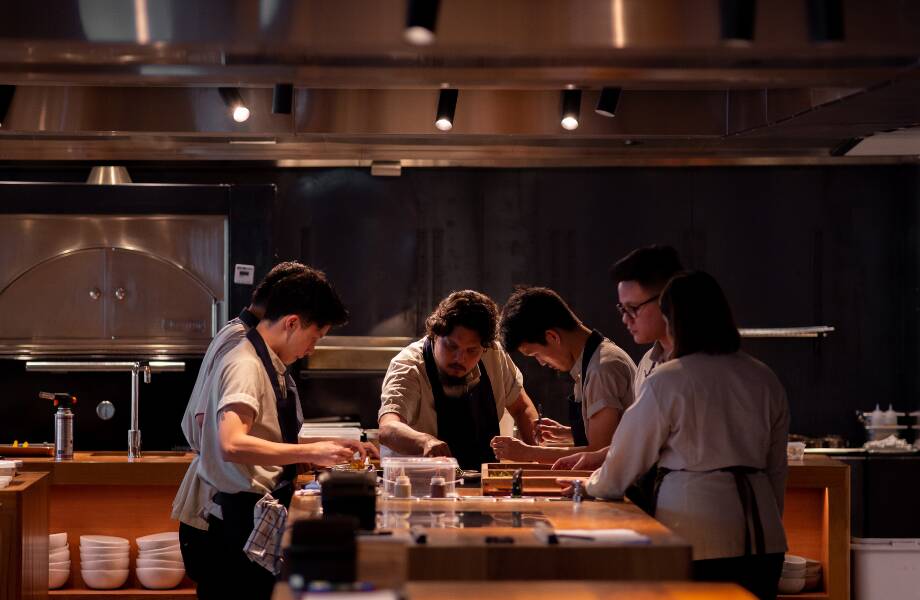Did you know that dumplings were first invented by a doctor?
“He wanted to trick his patients into eating certain medicinal foods in the filling,” says Gong “Zoey” Xingyi (pictured right, above), founder of Table81 in New York City. Originally from Shanghai, she moved to New York and made it her mission to open a restaurant that uses the principles of Traditional Chinese Medicine (TCM).
“I grew up with TCM foods and vocabulary around me, but I only truly started to get into it after reading ancient recipe books to prepare for Table81,” says Gong. “Food and medicine were really so closely connected during ancient China. The more I learn about it, the more fascinated I become. The depth and breadth of knowledge is just amazing.”
Here, Gong shares the properties behind her six favorite TCM ingredients used on the menu at Table81 — outside of Asia, you won’t find most of them on your typical grocery store shelves or may not have even eaten them before. Whether or not you subscribe to the TCM thinking behind them, these ingredients are packed with enough nutritional properties to justify sipping and snacking on them year-round.
Honeysuckle
“Honeysuckle has a beautiful name in Chinese: ‘the flower of gold and silver,’ or jinyinhua (金银花). Considered one of the 50 fundamental herbs in Chinese herbology, honeysuckle is sweet and cooling in nature. Therefore it is typically used to help those who have too much yang in the body to restore the balance between yin and yang. It clears away heat, dispels toxicity from environmental stressors and other herbs, and balances out the respiratory system.
“Honeysuckle is sold and consumed in dried form, so the best way to use it is to make tea and drink it throughout the day when it’s warm outside. In the summertime, we serve guests tea made with honeysuckle, mint, and lotus seeds throughout the meal in order to cool down their body and comfort their digestive system.
Lily Bulb

“Named baihe in Chinese and known as ‘lily bulb’ in the West, this amazing herb is the dried fleshy petal-like corms of Lilium lancifolium Thunb. Based on TCM theory, it is sweet, slightly bitter, and slightly cold in nature with medical properties such as moistening the respiratory system, generating healthy body fluids, and helping with chronic cough due to yin deficiency. It also clears Heart heat and calms the spirit.
Related:
 TCM 101: The Ins and Outs of the 5 Yin Organ SystemsTCM conceives the body differently from Western medicine, right down to our inner organs and their functionsArticle Mar 26, 2019
TCM 101: The Ins and Outs of the 5 Yin Organ SystemsTCM conceives the body differently from Western medicine, right down to our inner organs and their functionsArticle Mar 26, 2019
“In Chinese, ‘bai‘ (百) means “hundred” and ‘he‘ (合) together mean ‘union,’ which corresponds to the old saying, ‘All the hundred branches originate in the Heart and see in the Lung.’ Therefore, it makes sense that baihe mainly relates to the Lung and the Upper Burner (shang jiao). Fresh lily bulbs taste sweet and crispy when raw, smooth and tender when cooked.
“Suitable for all seasons, but especially for the fall, lily bulb can be prepared in all kinds of dishes ranging from stir-fries to dessert soups. We usually use it in desserts along with jujube dates, snow fungus, lotus seeds, and crystal sugar.
Lotus Seed

“In TCM, ‘lotus seeds’ are actually dried seeds of anything in the genus Nelumbo, such as lotus and water lily. Some of their medicinal properties include replenishing spleen deficiency, stopping diarrhea, ease symptoms of heart- and kidney-related diseases, and in general, helping with calming and insomnia.
“They need to be washed and soaked for at least three hours. After that, they can be used in soups, desserts, tea, or sautéed with vegetables. We make a few dishes using lotus seed such as lotus seed porridge, which is partly inspired by an ancient story.
“In short, Xishi (one of the four beauties of ancient China) loved lotus seeds, and the lotus seed soup her lover would bring her helped improve her heart condition. When she was sent to the enemy country as a bride, her people drank lotus seed soup to remember her.
Related:
 Pebble Soup, Hairy Crab and Imperial Take-Out: What Did Song Dynasty People Actually Eat?This cookbook, five years in the making, offers up intriguing dishes with a side order of ancient historyArticle Jan 25, 2019
Pebble Soup, Hairy Crab and Imperial Take-Out: What Did Song Dynasty People Actually Eat?This cookbook, five years in the making, offers up intriguing dishes with a side order of ancient historyArticle Jan 25, 2019
Jujube
“At Table 81, we use two varieties of the dates — one smaller and less sweet, the other bigger and higher in sugar content. They appear in our herbal soup bases and sweet rice dumplings.
Black Fungus

Osmanthus

“Osmanthus is probably my favorite flower ingredient. It has tiny, delicate, and gorgeous golden petals, with a distinct sweet and fruity scent that will remind you of creamy apricot and summer stone fruits.
“In TCM, osmanthus is a considered a beauty supplement that has been used to hydrate the skin and improve skin color from the inside out. Its oil can be used topically to help neutralize skin damage before it leads to wrinkles. Internally, it is sweet and warm in nature, relieving an anxious mind, pain, asthma, and respiratory problems. It is mostly commonly used in tea and desserts.
“For example, osmanthus oolong tea has a wonderful, subtle floral flagrance, and adds minerals and a healthy dose of caffeine to your day. We love using osmanthus to garnish our tofu cream, or to make a special cocktail mixed with Chinese alcohol like bamboo leaf baijiu.
Related:
 Firewater Shots and Moutai Worship: A Baijiu Pilgrimage to China’s “Liquor Golden Triangle”Article Aug 09, 2018
Firewater Shots and Moutai Worship: A Baijiu Pilgrimage to China’s “Liquor Golden Triangle”Article Aug 09, 2018
“In regards to cocktails, I wanted to mix TCM with alcoholic drinks simply to expose guests to different types of Chinese alcohol, such as rice-based huangjiu, sorghum-based baijiu, and sweet rice-based osmanthus dessert wine.

TCM does not actually see drinking alcohol as negative, by the way — it’s about moderation. In fact, some formulas require alcohol to maximize certain herbs’ effects. Mild alcohol is used in many medicinal recipes.
“Usually sold in dried form, osmanthus blooms in certain regions of China and makes the cities smell like magic, signaling the coming of Mid-Autumn Festival.”
All photos: courtesy Table81. Cover photo Zoey Gong (right) with photographer Cassie Zhang


















